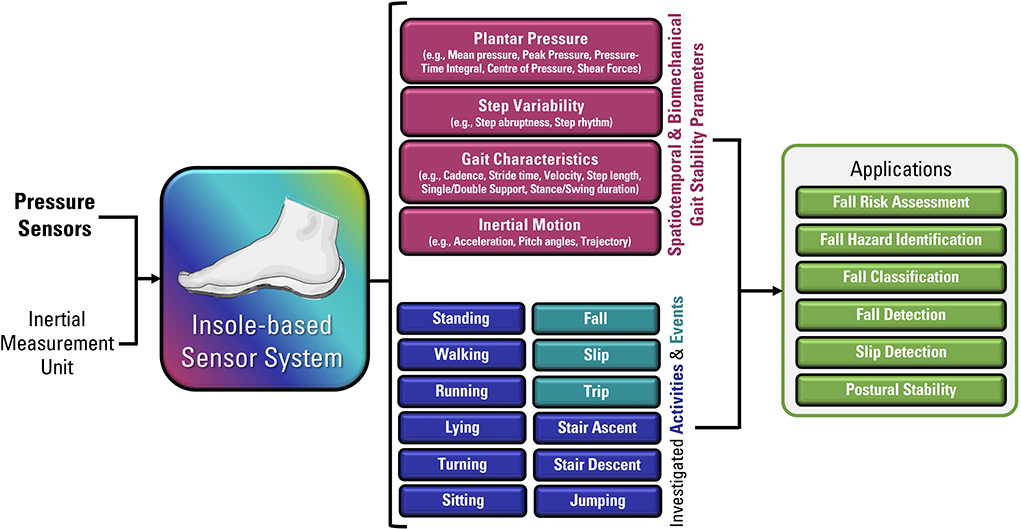Dementia Fall Risk Can Be Fun For Everyone
Dementia Fall Risk Can Be Fun For Everyone
Blog Article
What Does Dementia Fall Risk Do?
Table of ContentsThe 10-Minute Rule for Dementia Fall RiskHow Dementia Fall Risk can Save You Time, Stress, and Money.Some Ideas on Dementia Fall Risk You Should KnowDementia Fall Risk Can Be Fun For EveryoneExamine This Report on Dementia Fall Risk
Examining loss threat aids the entire healthcare group establish a much safer atmosphere for every client. Make certain that there is a marked area in your clinical charting system where personnel can document/reference scores and record pertinent notes associated to fall avoidance. The Johns Hopkins Fall Threat Analysis Tool is just one of many tools your team can use to help stop negative medical occasions.Patient drops in healthcare facilities are common and devastating negative occasions that persist regardless of years of initiative to reduce them. Improving interaction across the examining nurse, care group, client, and person's most involved family and friends may reinforce fall prevention initiatives. A group at Brigham and Women's Healthcare facility in Boston, Massachusetts, looked for to develop a standardized fall prevention program that centered around enhanced interaction and client and family members involvement.

The innovation group stressed that successful application relies on client and personnel buy-in, assimilation of the program into existing process, and integrity to program procedures. The team noted that they are coming to grips with just how to make sure connection in program application throughout periods of dilemma. Throughout the COVID-19 pandemic, for instance, an increase in inpatient falls was connected with limitations in individual involvement along with restrictions on visitation.
A Biased View of Dementia Fall Risk
These occurrences are usually thought about avoidable. To execute the intervention, organizations require the following: Accessibility to Autumn suggestions sources Loss TIPS training and re-training for nursing and non-nursing team, consisting of new nurses Nursing workflows that enable patient and family members involvement to carry out the drops analysis, make sure use of the prevention strategy, and perform patient-level audits.
The results can be highly detrimental, typically accelerating patient decrease and triggering longer healthcare facility remains. One study approximated remains raised an extra 12 in-patient days after a client loss. The Autumn TIPS Program is based upon engaging patients and their family/loved ones throughout 3 main procedures: analysis, customized preventative interventions, and bookkeeping to make sure that patients are participated in the three-step autumn avoidance procedure.
The client assessment is based upon the Morse Fall Range, which is a validated loss danger assessment tool for in-patient medical facility setups. The scale consists of the six most typical reasons individuals in healthcare facilities fall: the individual fall history, risky conditions (consisting of polypharmacy), use of IVs and other exterior devices, psychological standing, stride, and wheelchair.
Each risk element relate to several actionable evidence-based treatments. The nurse produces a strategy that incorporates the treatments and is noticeable to the care team, individual, and family members on a laminated poster or printed visual help. Registered nurses create the strategy while meeting with the client and the client's family.
The 6-Second Trick For Dementia Fall Risk
The poster offers as an interaction device with other members of the patient's care team. Dementia Fall Risk. The audit component of the program consists of analyzing the individual's understanding of their risk factors and prevention strategy at the device and hospital degrees. Registered nurse champions conduct this contact form a minimum of five specific interviews a month with clients and their households to look for understanding of the fall avoidance strategy

A projected 30% of these drops result in injuries, which can range in severity. Unlike various other adverse occasions that require web link a standard clinical action, fall avoidance depends extremely on the needs of the individual.
What Does Dementia Fall Risk Do?

Based upon auditing results, one website had 86% compliance and two websites had over 95% compliance. A cost-benefit evaluation of the Loss TIPS program in eight health centers estimated that the program price $0.88 click this link per patient to implement and led to financial savings of $8,500 per 1000 patient-days in direct costs associated to the avoidance of 567 tips over three years and eight months.
According to the technology team, organizations thinking about applying the program needs to carry out a preparedness assessment and falls avoidance voids analysis. 8 In addition, organizations ought to make sure the required infrastructure and workflows for execution and establish an implementation plan. If one exists, the organization's Autumn Avoidance Job Pressure must be associated with preparation.
The Of Dementia Fall Risk
To begin, companies must guarantee completion of training components by nurses and nursing assistants - Dementia Fall Risk. Healthcare facility personnel should assess, based upon the requirements of a healthcare facility, whether to use a digital health and wellness record hard copy or paper version of the fall avoidance plan. Implementing teams need to recruit and educate registered nurse champs and establish processes for bookkeeping and reporting on loss data
Team need to be associated with the process of upgrading the process to involve clients and family in the evaluation and prevention plan procedure. Solution needs to be in place to ensure that systems can understand why an autumn happened and remediate the cause. Much more especially, nurses need to have channels to give ongoing comments to both staff and system leadership so they can readjust and improve autumn avoidance workflows and interact systemic troubles.
Report this page